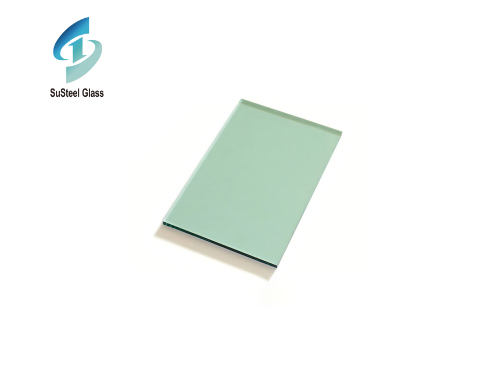
Optical glass a glass that alters the direction of light travel and can alter the relative spectral distribution of ultraviolet, visible, or infrared light. The most fundamental method to judge and test the wear resistance of anti-wear film of optical glass lens is clinical use. Let the wearer wear it for a period of time, and then observe and compare the wear condition of the lens with a microscope. Of course, this is usually the method used before the new technology is officially introduced.
1. Grinding test
The optical glass lens is placed in a promotional material containing gravel (which specifies the grit size and hardness), and rubbed back and forth under certain control. After the end, the diffuse light reflection before and after the lens friction was measured with a fog meter, and compared with the standard lens.
2. Steel wool test
With a specified steel wool, under a certain pressure and speed, the frequency of rubbing a Hui on the surface of the lens, and then the fog meter is used to test the diffuse reflection of light before and after the lens friction, and compared with the standard lens. Of course, we can also do this manually, rubbing the two lenses with the same pressure for the same number of times, and then observing and comparing with the naked eye.
The results of the above two test methods are close to the clinical results of long-term wearing of glasses.
3. The relationship between anti-reflection film and anti-wear film
The antireflective film on the surface of optical glass lens is a very thin inorganic metal oxide material (less than 1 micron in thickness), hard and brittle. When plated on the glass lens, because the substrate is hard, gravel across it, the film layer is relatively not easy to produce scratches; However, when the antireflective film is plated on the organic lens, the film is easy to produce scratches due to the soft substrate and the sand passing across the film layer.
 High Purity Tin Ingot: Essential Uses and Key Advantages
High Purity Tin Ingot: Essential Uses and Key Advantages
 Burglar-Resistant Glass: Enhancing Security and Peace of Mind
Burglar-Resistant Glass: Enhancing Security and Peace of Mind
 Exploring the World of Green Tinted Glass Products: Versatility and Sustainability
Exploring the World of Green Tinted Glass Products: Versatility and Sustainability


